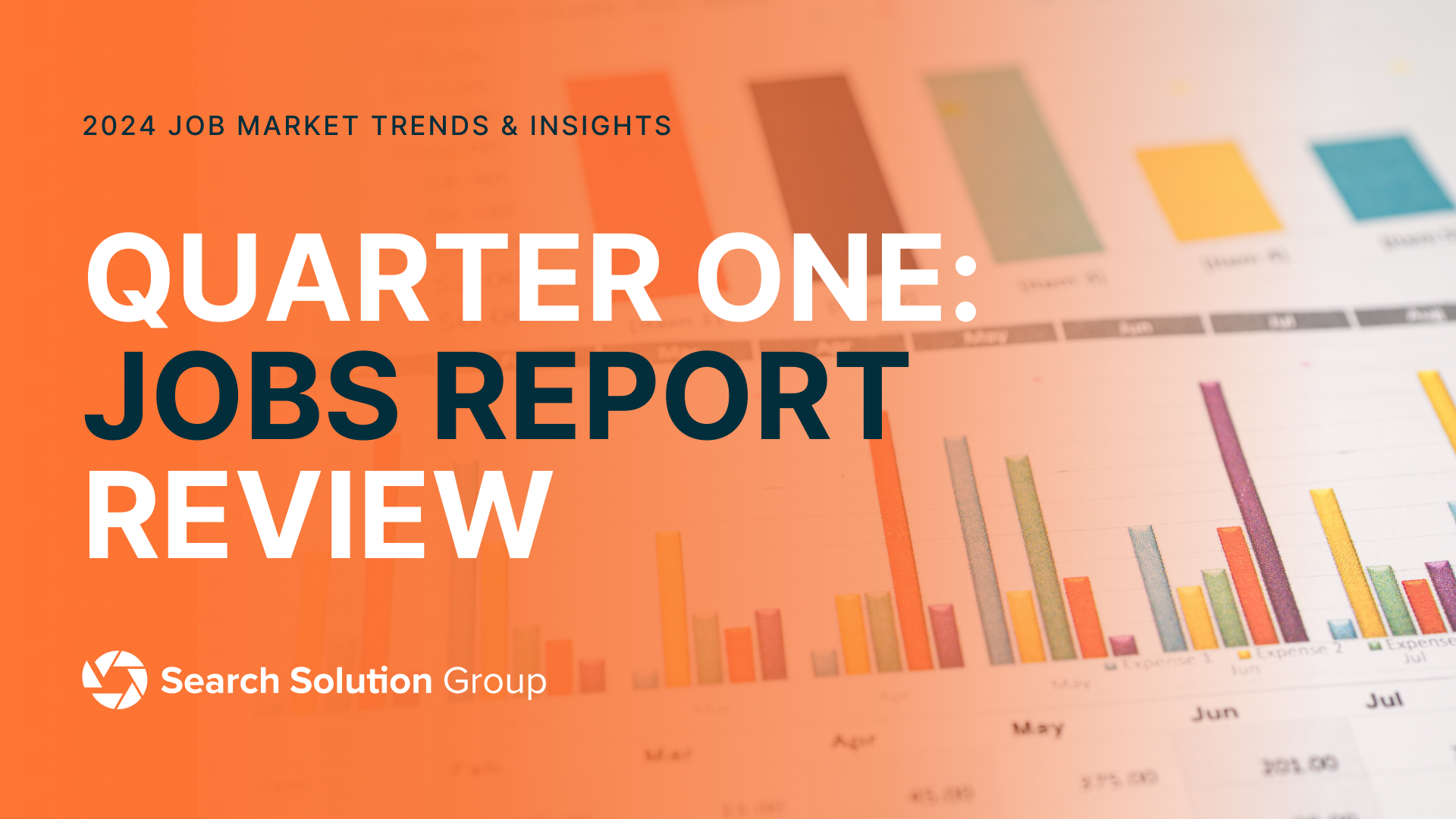As we kick off 2023, it’s worth taking a quick glance rearward at the December 2022 jobs report released by the Bureau of Labor Statistics (BLS). Despite a year of generally positive news for the labor market, economic turbulence — including massive downsizing in the tech sector — has analysts nervous about 2023’s forward-looking prospects.
It’s a fear that the December 2022 report appears to compound — yet it also means new opportunities are emerging for companies seeking qualified talent. Will 2022 trends carry over into 2023?
Headlines and takeaways surrounding the labor market
The labor market experienced its usual end-of-year hiring slump: Fewer jobs were added this quarter, the Fed’s higher interest rates slowed wage growth across the board, and unemployment reached an all-time low.
Here’s a breakdown of the U.S. labor market as 2022 came to a close:
Employers added 223,000 jobs in December. We haven’t seen a figure this low in two years. Still, economists expect new job growth to decrease the more we recover from pandemic-era setbacks.
Record-breaking unemployment levels. Unemployment continues to hover between 3.5 and 3.7%. Even our long-term unemployed population is declining. The lowest unemployment in decades is another example of how the U.S. job market, as a whole, is entering a healthy recovery period.
Job growth in social services in Q4 2022. While other industries experienced employment growth (see below), the social services sector saw an increase of more than 20,000 social assistance jobs in December. Growth in this field, along with its positive hiring trends, is a sign of good things to come in 2023.
Coastal states (and Nevada) are leading the way. Year-over-year (YOY) BLS data shows that over the last 12 months, eight states have experienced significant increases in new jobs. Those leading the pack are a mix of coastal, southern, Pacific Northwest, landlocked, red, and blue states, all showing job growth is crucial everywhere:
- California (4.0%)
- Massachusetts (4.0%)
- Nevada (4.0%)
- Hawaii (4.3%)
- North Carolina (4.3%)
- Oregon (4.3%)
- Florida (4.37%)
- Texas (5.1%)
Recapping Industry Movement
2022’s end-of-year BLS report reveals growth in surprising sectors and offers a cautiously optimistic outlook for 2023. Here are some key takeaways:
Hospitality. With most Americans traveling or partaking in social activities during the month of December, it’s no surprise that hospitality employment rose by 67,000 jobs to meet the increased demands. Also unsurprisingly, hiring is still 5.5% below pre-pandemic levels. This industry had to adapt to its new circumstances — a challenging transition for many.
Healthcare, Medical/Pharma, Biotech. Ambulatory healthcare services (i.e., medical care on an outpatient basis) saw the highest single-sector growth at 30,000 new jobs added in December. 2022 was a much better year for healthcare professionals, who experienced an average 500% increase in new positions compared to 2021.
Construction. Specialty trades are having a better month, adding 17,000 new hires to the workforce. Overall, 28,000 new construction jobs were added in December, adding to the other 200,000 from January to November. This is an increase from 2021, correlating with the rise in new home builds to keep up with demand.
Consumer Goods/Retail. Hiring and new job creation slowed to less than half of 2021’s numbers by the close of 2022. In December, new retail jobs totaled 9,000 and have been trending down all year. Retailers and CPG manufacturers point the finger at inflation and workers’ demand for living wages.
Oil and Gas. Profits are soaring and nonsupervisory wages are slow to catch up. Hiring in this sector is slow due to the industry’s reputation for high retention rates. Wages are increasing. And in 2023, experts anticipate a change in oil and gas demand as electric vehicles and solar become more popular, which could impact teams in this sector.
Financial Services/FinTech, Insurance. Banking and financial technology companies kept a steady pace month-to-month in 2022, hiring an average of 6,700 new employees each month. This is in addition to the thousands of layoffs at major banking institutions. As global bank board members prepare for an austere year, fintech companies are increasing their market share and roster.
Technology, NFT, Blockchain, SaaS. The tech sector has been handily outpacing other industry in terms of employment numbers for years, but there was a considerable slowdown in 2022 for this usually booming field. Last month, tech jobs grew 6% YOY — a significant drop from January’s YOY growth of 29%.
December’s Earnings Summary
Hourly earnings rose by 9 cents to $32.82 (0.3%) for all employees on private payrolls, which is down from the beginning of the year’s 0.46% increase. Amid inflation, workers’ wages will continue to grow slowly well into 2023. The average workweek also decreased, and fewer overtime hours were processed.
Context for the December 2022 Jobs Report
Now, more than ever, finding and retaining top talent are of critical importance. As companies prepare to navigate a period of economic uncertainty and seek to remain conservative with their spending, they’re looking inward for stability. It’s clear there’s a need to build and maintain a strong workforce in 2023 and beyond.






